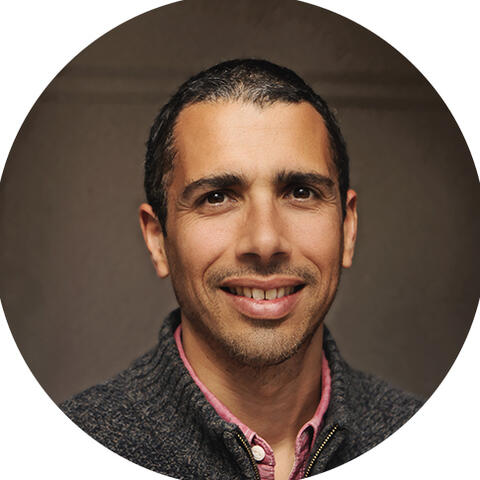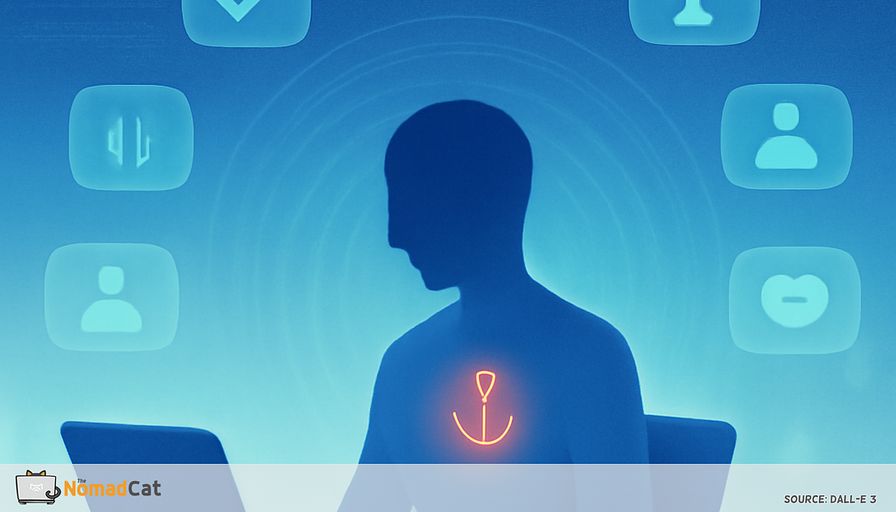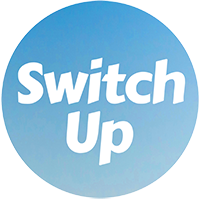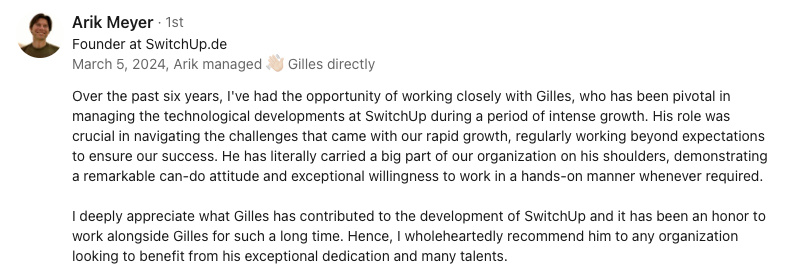Abstract:
The article highlights the value of micro-check-ins—brief, two to five minute self-reflection breaks—for solo tech professionals seeking to maintain focus, reduce stress, and prevent burnout amid the demands and isolation of independent work. Emphasizing practicality, it explains how these minimalist pauses fit seamlessly into hectic routines by anchoring them to existing habits and using simple, rotating prompts like “How am I feeling right now?” or “What do I need in this moment?” The piece draws on stories from well-known solo professionals such as Jake Knapp, John Zeratsky, Daniel Vassallo, Paul Jarvis, Jenny Blake, Dr. Sherry Walling, and Ali Abdaal, who personalize these routines to replace lost team interactions and monitor their well-being. Backed by research showing that small, consistent rituals are effective and sustainable, the article provides actionable tips and a flexible template to help readers start their own micro-check-ins, underscoring that even the smallest, most adaptable habits can make a meaningful difference in solo tech work.
Busy days in tech can feel like a sprint with no finish line. I remember the first months after leaving my CTO role in Berlin and moving to Lisbon—suddenly, there was no team chat pinging, no manager checking in, just me, my code, and a to-do list that never seemed to shrink. Between debugging, Slack messages, and shifting priorities, I found self-care slipping to the bottom of my list. But I discovered that even the smallest pause could make a difference. That’s where micro-check-ins became my anchor.
When I first started working solo after years in team environments, I realized I needed a way to stay sharp and avoid burning out. Micro-check-ins—a quick, two to five minute pause—helped me notice when I was running on empty or losing focus. In this article, I’ll share what a micro-check-in is, why it’s especially helpful for solo tech professionals, and how I’ve woven it into my day without extra hassle. I’ll offer prompts, habit-building tricks, and a few reasons these tiny routines work. Along the way, I’ll share stories from other solo tech workers and a few moments from my own journey.
Let’s explore how small habits like micro-check-ins can lift up solo tech work.
Micro-check-ins for tech professionals
What is a micro-check-in
A micro-check-in is a short, intentional break—usually just two to five minutes—where I pause during my workday to notice how I’m doing. No fancy tools required, and I don’t even have to leave my seat. When I’m deep in code or juggling deadlines, I don’t always have time for a big wellness routine. But a micro-check-in can slip in between tasks. Even these quick pauses help me refocus and lower my stress. It’s fast, simple, and keeps me on track.
My routine often starts with a few simple questions:
- How am I feeling right now?
- What do I need in this moment?
- Is my mind sharp or drifting?
- Have I taken a break lately?
It’s about tuning in to my mood or energy—no long journals or deep talks. Keeping it basic makes the micro-check-in easy to repeat. This became even more important when I started working alone.
When I managed a multicultural team in Beijing, there were always people around to notice if someone was stressed or needed a break. Working solo, there’s no one to spot when my energy dips or stress builds. Micro-check-ins became my gentle anchor, a way to check in on myself before things got tough. These small self-checks fill the gap when there’s no outside structure, helping me stay balanced.
Why micro-check-ins matter for independent tech workers
Independent tech workers face unique challenges: working alone, blurred lines between work and personal life, and the need to self-motivate. Without regular feedback or office buzz, stress or low motivation can sneak up on me. Micro-check-ins help me spot these issues while they’re still small.
These quick self-checks let me catch stress or feeling stuck before things get overwhelming. It’s not about deep analysis—just a fast, honest look. For someone who likes to keep things simple, these routines are an easy path to feeling better. Micro-check-ins fit real life: quick, honest, and not hard to maintain. But how do you make a micro-check-in part of your day?
Building a micro-check-in routine
Choosing prompts for your check-in
Effective micro-check-ins start with the right questions. I keep a small set handy, like:
- How am I feeling right now?
- What’s my top goal for the next hour?
- Have I had a break lately?
Switching up the prompts keeps things fresh. Experts recommend simple questions because they get to the heart of what matters.
Sometimes I add:
- Am I breathing comfortably?
- Is my posture good?
- What’s one thing I feel grateful for now?
A bit of variety makes it feel less like a chore. Even one question can be enough.
Once I’ve picked my prompts, the next step is making check-ins part of my usual routine.
Anchoring check-ins to daily habits
Micro-check-ins stick better when I connect them to habits I already have—a trick called habit stacking. For example, after my first morning coffee or once I finish a call, I take two minutes to check in.
There are plenty of good cues: my first login, after a focused work push, before a break, or just before logging off. The goal is to make the micro-check-in automatic.
If I forget, reminders help. Sometimes I set a calendar alert or put a sticky note near my keyboard. These nudges support the new habit while I get used to it. The best routine is the one that feels natural.
Making the ritual your own
There’s no single right way to micro-check-in. Some days I jot notes, other times I just pause and think, or use a quick checklist on my phone. The important thing is to stay honest and keep it simple.
It’s fine to change how I do it. I might start with one question and add more if it feels right. If something feels awkward or too much, I drop it. I keep only the parts that work for me.
With time, micro-check-ins become just another part of my day. They start to feel like a small treat, not a burden.
But why do these quick, simple rituals actually work? Here’s what the science says.
The science behind small, consistent rituals
How small actions create big change
Even tiny routines, like a two-minute check-in, can make a real difference to stress, mood, and focus. In fact, research shows that short, regular breaks improve focus and reduce error rates in solo work—something I’ve noticed firsthand. When I pause to notice how I feel, I can reset my mind before the next sprint.
Short, regular breaks help restore attention and prevent fatigue. The key isn’t how big the habit is, but how often I actually do it. These small actions, done regularly, add up and help stop burnout before it starts.
Frequent self-checks make it easier to spot early warnings—like feeling irritable or losing motivation—before they turn into bigger problems. Over time, these little habits help me build a steadier, happier work life.
Why minimalist routines last
Minimalist routines last because they make life simpler, not harder. When a habit is easy and almost automatic, I save my energy for real work. This is especially important when I’m juggling everything alone.
Simple routines are more likely to stick, even when there’s no one around to remind me. If my routine is easy, I can keep it going, even when things get busy.
Quick check-ins also help me feel more in control and less overwhelmed. They’re small but powerful ways to protect myself from burnout. Now, here’s what micro-check-ins can prevent before they become big problems.
Micro-check-ins as a foundation for well-being
Early detection of stress and burnout
Frequent self-checks make it easier to catch subtle changes in mood or energy before they get worse. For me, this early awareness means I can take care of stress quickly. Quick notes or a fast journal help me spot patterns over time, so I’m more prepared to adjust my workload or pace if needed.
A habit like jotting down my mood or spending two minutes reflecting reveals common trouble spots. Over a few weeks, I notice what comes up often and can set boundaries or make changes before things feel overwhelming. Health organizations recommend these practices for anyone who works alone—tracking mood helps guide self-care and avoid bigger trouble.
Self-checks are now widely accepted as a way to prevent stress and burnout, especially for solo workers. Mental health experts agree these brief pauses are a useful tool for the mind. But stress isn’t the only challenge—let’s talk about isolation.
Spotting isolation and staying connected
Isolation is a quiet risk for solo tech workers. Without anyone nearby, it can sneak up on me. Self-checks that include questions about connection, like “Have I spoken to anyone today?” give me a nudge to reach out. Maybe I call a friend, send a message, or join a chat group. Even this small step helps me stay social.
Checking in on my social side matters as much as watching stress or output. Simple prompts about who I’ve spoken with can stop loneliness from catching me off guard. Keeping contact with people is just as important for well-being. Here’s how this plays out for others—and for me.
Stories from solo tech professionals
Everyday routines from independent workers
Many tech professionals who once worked in teams now use daily reflection to stay focused and well. People like Jake Knapp and John Zeratsky, both with strong backgrounds in teamwork, use a quick end-of-day check-in to stay clear and motivated. This helps fill the gap left by missing team chats or feedback.
Daniel Vassallo, an independent creator, likes to jot a simple daily log to track progress and mood. For him, this replaces old feedback loops and makes changing direction during the day much easier.
Paul Jarvis and Jenny Blake, both with past agency or company jobs, do short check-ins at the start and end of each day. This lets them keep track of stress, check their goals, and stay close to what matters. Some folks even journal to catch their mood more deeply.
Dr. Sherry Walling and Ali Abdaal both use a daily mood log and journal check-in. It helps them stay motivated and avoid too much work. What connects all these stories? Every routine is simple, personal, and quick.
During my own transition from Berlin to Lisbon, I found myself missing the structure and camaraderie of a team. There was one afternoon, deep into a high-pressure freelance project, when I felt completely overwhelmed—my mind racing, my shoulders tense. I paused for just two minutes, closed my laptop, and asked myself, “How am I really feeling right now?” That tiny break let me breathe, notice the tension, and reset. My shoulders dropped, my mind cleared, and I was able to finish the day without spiraling into stress. Micro-check-ins became my way to balance productivity and well-being, especially when no one else was around to notice if I was struggling.
What these stories show
You don’t need special apps, big systems, or strict schedules—just a few honest minutes to pause. For many, these quick daily habits bring back a sense of focus and intention, filling the quiet space that teams once filled. A one-minute check-in is often enough to keep steady. If you want to try micro-check-ins yourself, here’s a basic template.
Start your micro-check-in today
Simple template for micro-check-ins
You don’t need a complex plan. Here’s an easy way to start:
- Take two or three minutes during a natural break in your day—maybe after a call or before changing tasks.
- Ask yourself a few short questions:
- How am I feeling right now?
- What do I need in this moment?
- Is my body comfortable?
- Jot a note or just notice your answers—no need to write a lot.
This micro-check-in can be just three questions and a pause. You can swap in new questions to keep it interesting.
If you like variety, try prompts like “What’s one thing I feel grateful for?” or “What’s my top task for the next hour?” Rotating your questions keeps check-ins fresh.
Checklist for sustainable micro-habits
Here are a few tips to make the habit last:
- Link your check-in to another routine, like after coffee or a meeting.
- Use easy reminders—a phone alert or sticky note.
- Start with one or two questions.
- Notice what works and drop what doesn’t.
- Keep it light—if it feels heavy, make it easier.
The goal isn’t perfection—just a habit that fits you.
The aim is to find a ritual that feels easy and helpful. If you like routines that are simple to measure, micro-check-ins might be a good fit. Start small, make it your own, and let your day-to-day needs shape the way.
The simplest routines can bring the biggest changes, and micro-check-ins prove it. By taking even a couple of minutes to pause, I’ve found I can stay sharp, lower stress, and avoid burnout—even during long solo workdays. These little habits are easy to customize, slip into your schedule, and really do help you stay steady. Science and real examples show it’s not about doing more, but about making small habits work for you. With just a few honest questions, anyone can build a self-care routine that truly sticks. Sometimes, the smallest steps turn out to be the most useful—who knows, a two-minute break might just change how you feel or work this week.














